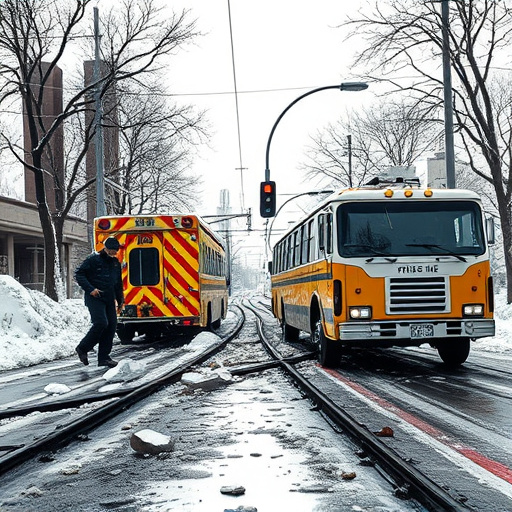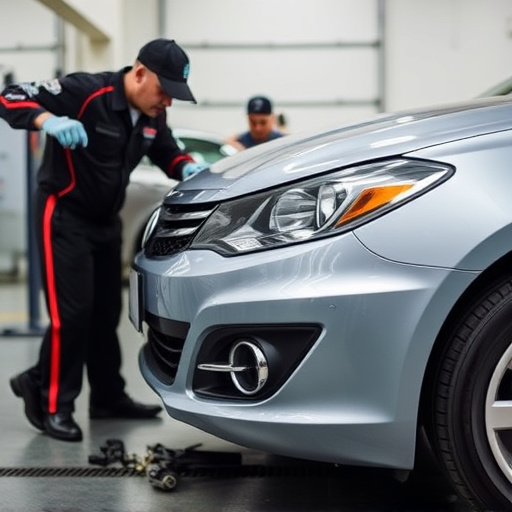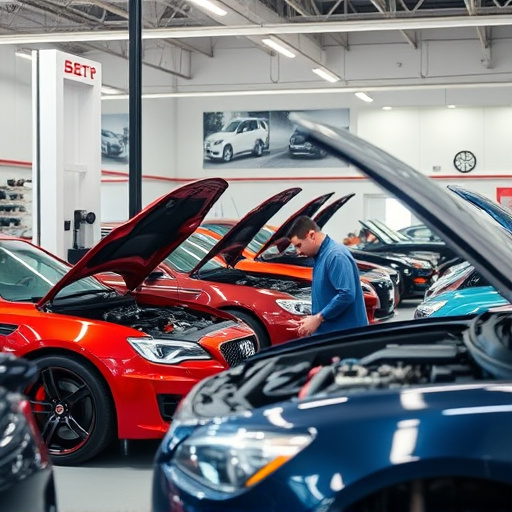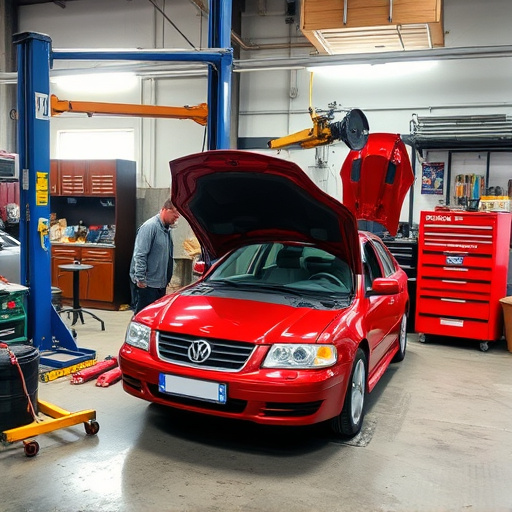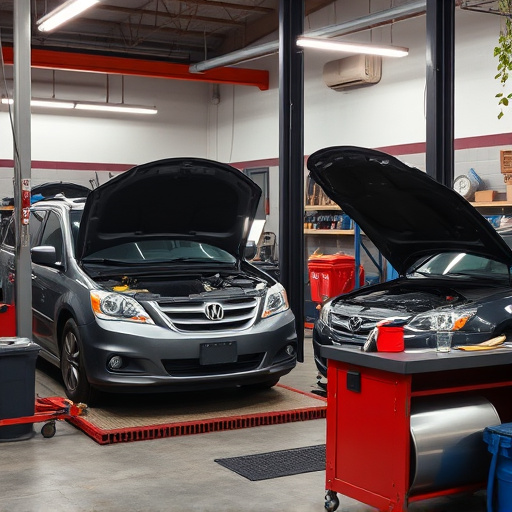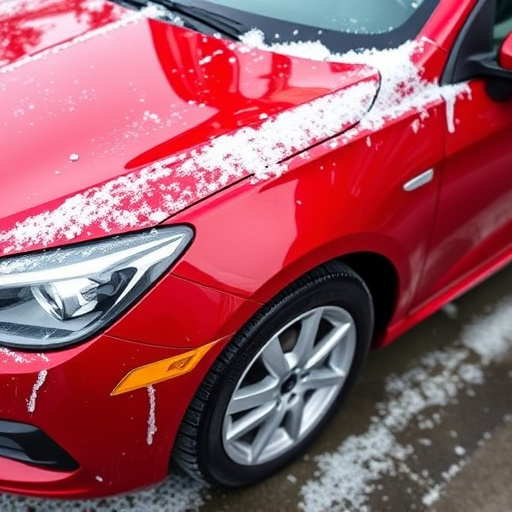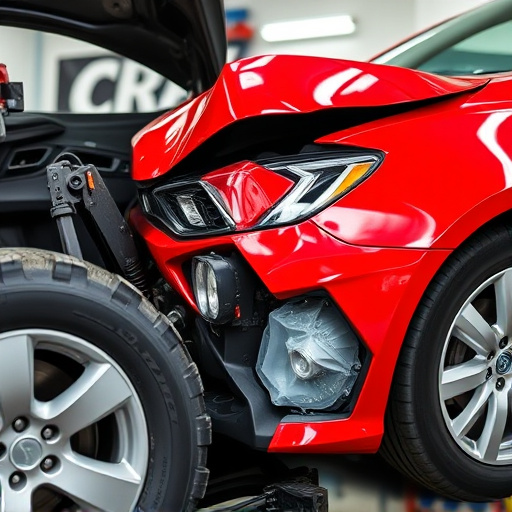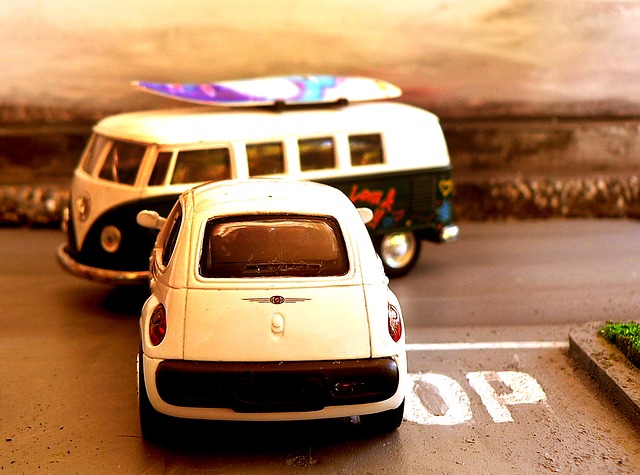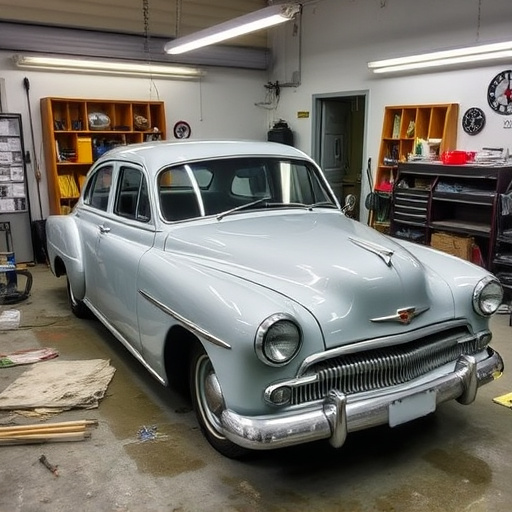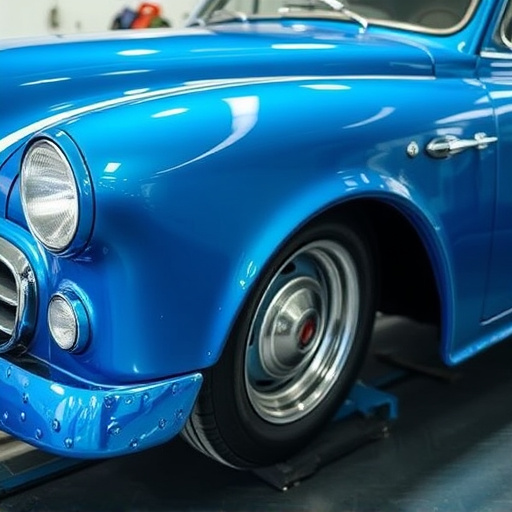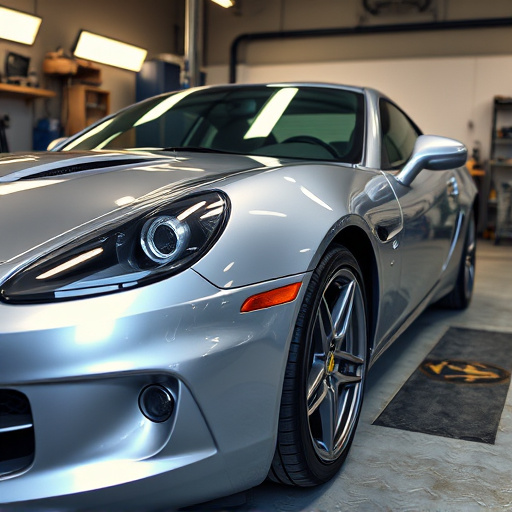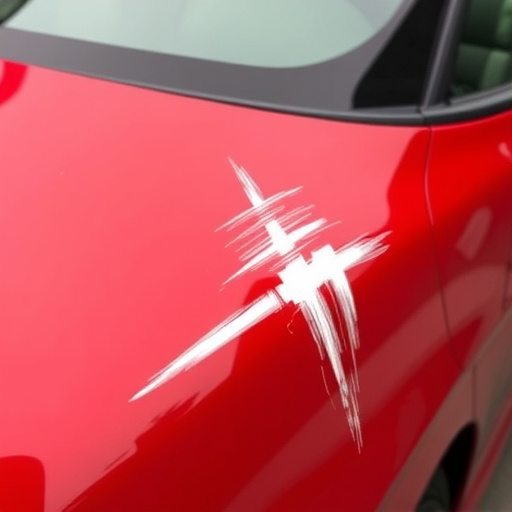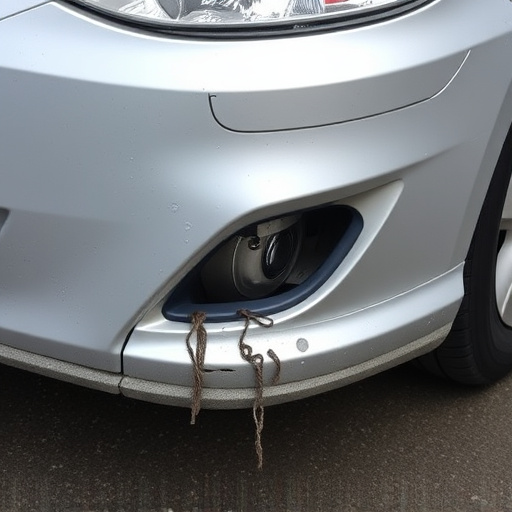Clear coat application in automotive finishing requires skilled technicians and modern equipment to balance aesthetics and safety. Strict protocols for storage, handling, and use of personal protective equipment (PPE) protect workers and the environment from VOCs and toxic fumes. Adequate ventilation and efficient extraction systems minimize airborne particles, ensuring high-quality finishes and compliance with industry standards and regulations.
In the realm of automotive care, clear coat application is a game-changer, enhancing aesthetics and protection. However, its potential risks cannot be overlooked. This article delves into the critical aspects of clear coat application safety, focusing on regulations and compliance. We explore the risks associated with the process, detail professional application standards, and provide guidance to ensure optimal results while adhering to industry best practices. Understanding these regulations is essential for both professionals and enthusiasts alike to maintain a safe, high-quality finish.
- Understanding Clear Coat Application Risks
- Safety Regulations for Professional Application
- Ensuring Compliance for Optimal Results
Understanding Clear Coat Application Risks
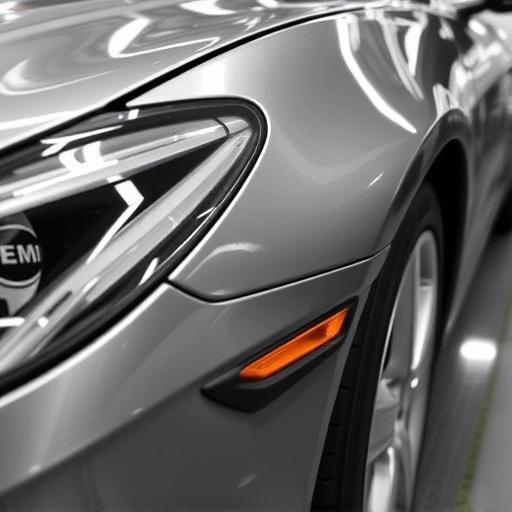
Understanding Clear Coat Application Risks
Clear coat application is a crucial step in the automotive finishing process, enhancing aesthetics and protecting vehicle surfaces. However, it’s essential to recognize that this procedure involves potential risks. One of the primary concerns with clear coat application is the release of volatile organic compounds (VOCs). These chemicals, though necessary for the coating’s properties, can have adverse effects on both the environment and human health if not properly managed. In an auto body shop or during vehicle repair services, ensuring adequate ventilation and using modern equipment designed to reduce VOC emissions are vital steps towards compliance with safety regulations.
Additionally, improper application techniques can lead to issues like uneven coating, bubbles, or cracks, compromising the final finish. Skilled technicians must be well-versed in clear coat application methods to prevent these problems. Moreover, the use of suitable clear coat products specific to the vehicle’s make and model is critical to achieving optimal results while adhering to environmental standards. Autobody repairs that incorporate clear coating require a careful balance between aesthetics and safety, underscoring the importance of understanding and mitigating associated risks.
Safety Regulations for Professional Application

When it comes to professional clear coat application, adherence to safety regulations is paramount to protect both workers and the environment. This involves strict protocols for handling and storing coatings to prevent accidental exposure or contamination. Workers in auto collision centers, like those specializing in Mercedes Benz collision repair, must be adequately trained on the proper use of personal protective equipment (PPE), including respirators and gloves, to mitigate risks associated with toxic fumes and chemicals.
Furthermore, professional clear coat application requires adherence to specific guidelines for air quality and ventilation. Adequate extraction systems and well-maintained ventilation mechanisms are essential to minimize airborne particles and volatile organic compounds (VOCs). These measures ensure not only the health and safety of employees but also maintain the quality of finishes in auto glass repair and restoration processes, adhering to industry standards and environmental compliance.
Ensuring Compliance for Optimal Results
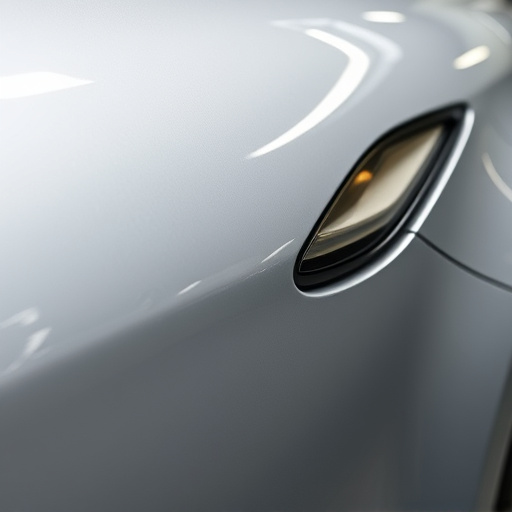
Ensuring compliance with safety regulations is paramount when it comes to clear coat application, as it directly impacts the quality and longevity of auto painting and collision repair services. Adhering to established guidelines not only guarantees optimal results but also safeguards the well-being of technicians and surrounding environments.
Proper procedures, including the use of appropriate personal protective equipment (PPE) and ventilation systems, are essential components of clear coat application safety. By adhering to these standards, collision centers can minimize exposure to harmful fumes and particulate matter, ensuring a healthier work environment for employees. Simultaneously, compliance contributes to environmental sustainability by preventing chemical runoff and air pollution, which is particularly critical in the context of collision repair services.
Clear coat application, while enhancing aesthetics, comes with risks that must be managed responsibly. Understanding these risks and adhering to safety regulations, particularly in professional settings, is paramount for minimizing hazards and achieving optimal results. By ensuring compliance with established guidelines, businesses and individuals can promote a safe work environment and deliver high-quality finishes. Remember, proper adherence to clear coat application safety standards isn’t just about regulatory compliance; it’s about protecting workers, maintaining quality, and fostering trust among clients.
